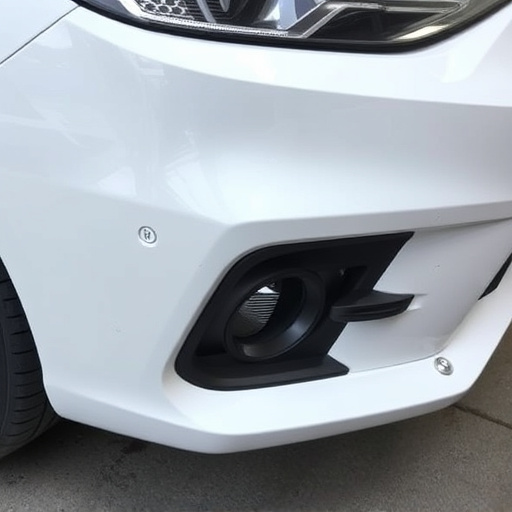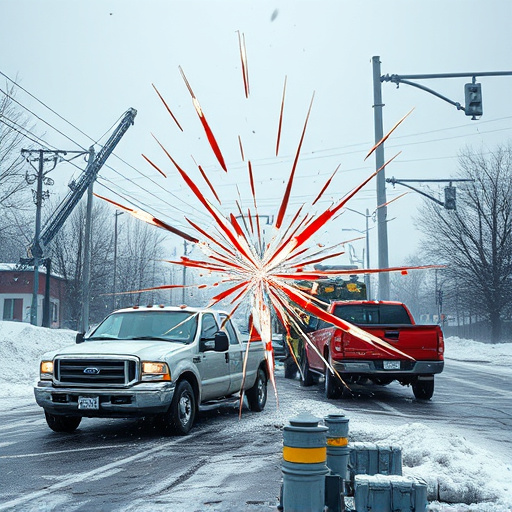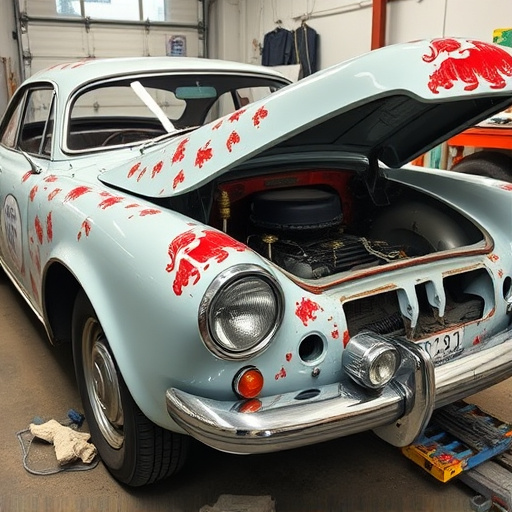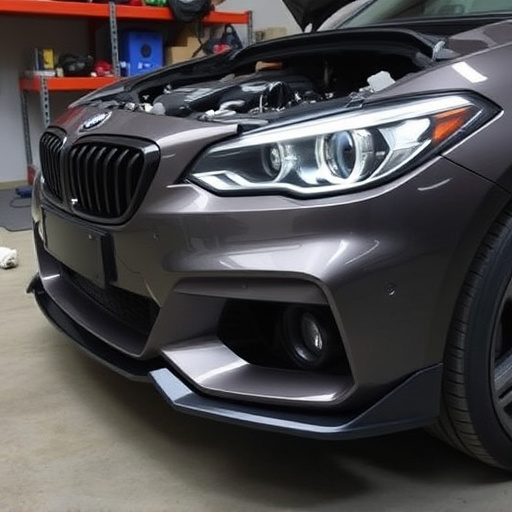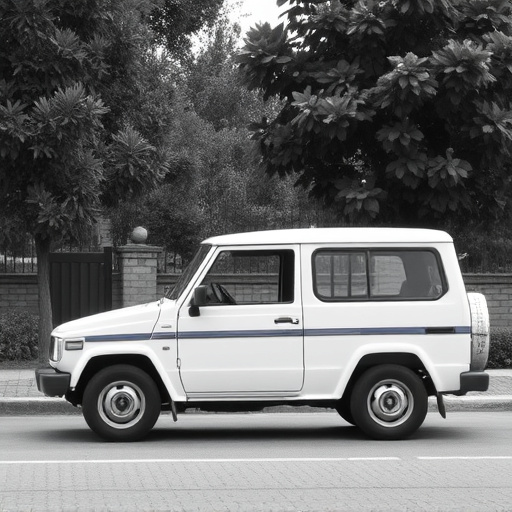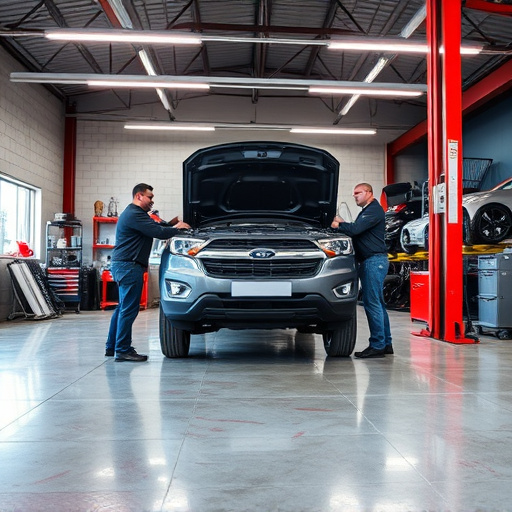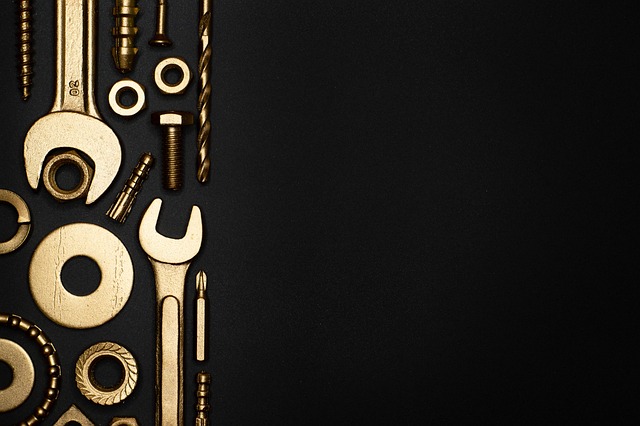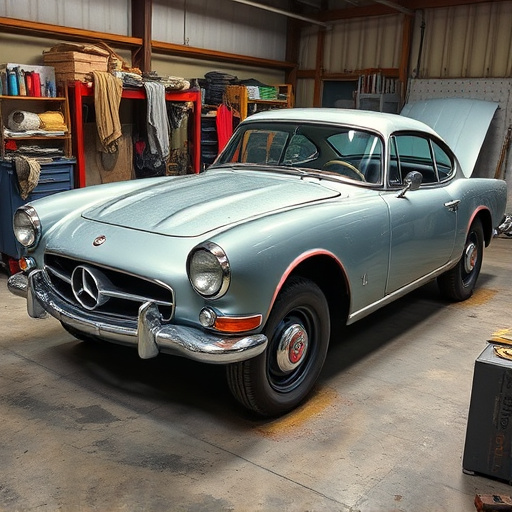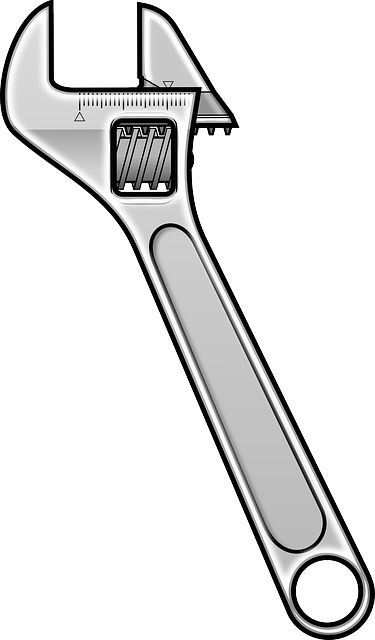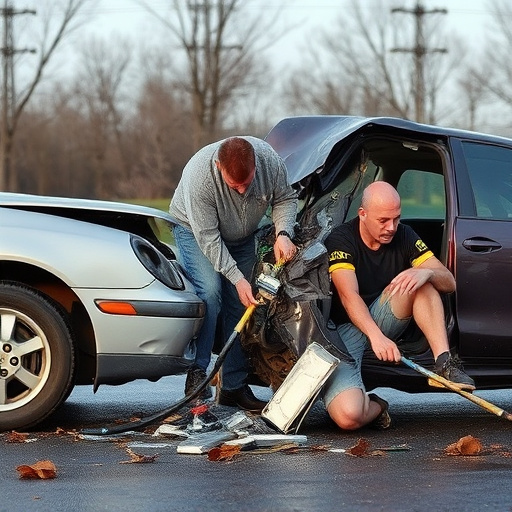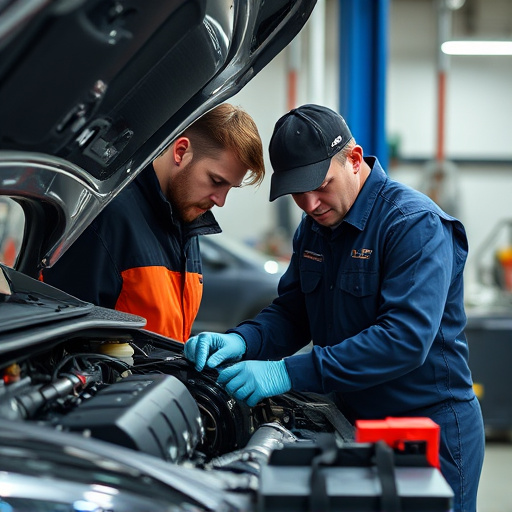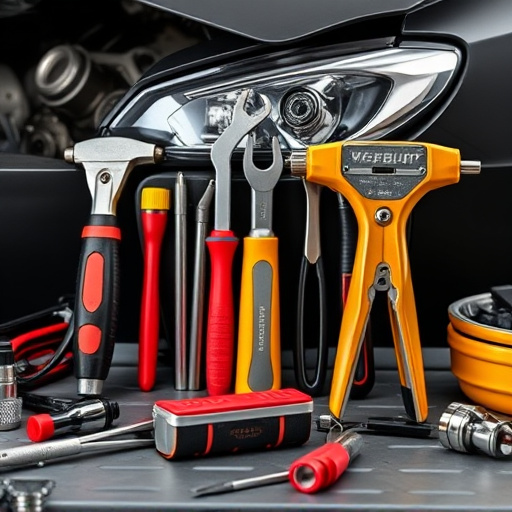Frame rail damage from accidents or extreme weather poses significant safety risks as it supports a vehicle's structural integrity. Professional assessment is crucial to decide between minor repairs and complete replacement for optimal safety and performance. Advanced repair methods using robotic welding, CAD, and specialized metal forming offer precision and superior aesthetics. Choosing the right frame rail repair strategy requires balancing cost and structural soundness, based on damage extent, location, and replacement parts availability. Skilled technicians ensure not just cosmetic restoration but also optimal performance and safety features, including auto glass replacement if needed.
Severe damage to a vehicle’s frame rail can significantly impact its structural integrity and safety. This article delves into the intricacies of frame rail repair, focusing on how the extent of damage influences repair choices. We’ll explore different types of frame rail damage, compare conventional and advanced repair techniques, and discuss critical factors that determine the best approach for effective and safe restoration. Understanding these considerations is essential for ensuring optimal frame rail repair outcomes.
- Understanding Frame Rail Damage: Types and Extent
- Repair Techniques: Conventional vs. Advanced Methods
- Choosing the Right Repair Approach: Factors and Considerations
Understanding Frame Rail Damage: Types and Extent
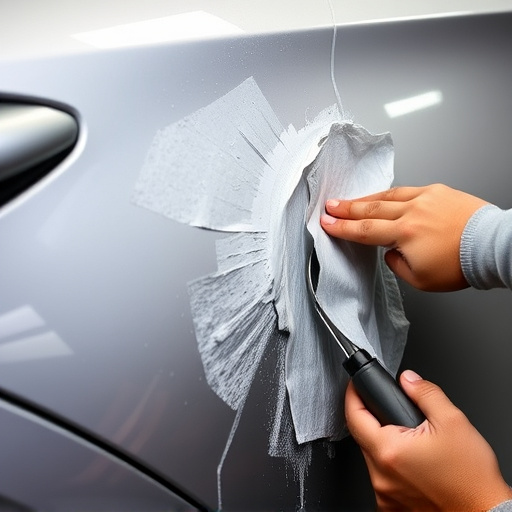
Frame rail damage is a significant concern in automotive repairs, especially after accidents or extreme weather events like hail storms. Understanding the types and extent of this damage is crucial when considering frame rail repair choices. The frame rail, which runs along the perimeter of a vehicle, supports critical structural components, making its integrity essential for safe driving.
There are several ways frame rails can be damaged, from bent or twisted sections to cracks or complete separation. Hail damage repair often involves addressing numerous small dents and dings, while automotive collision repair might require more intensive frame rail repair due to severe crumple zones. Proper assessment by professional car repair services is vital to determine the best course of action, whether it’s minor straightening or complete replacement.
Repair Techniques: Conventional vs. Advanced Methods
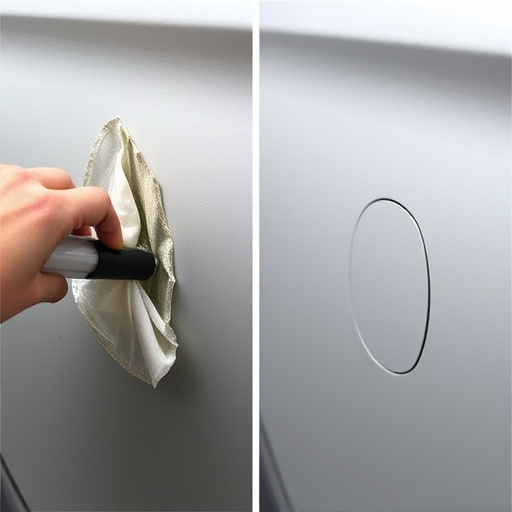
When dealing with severe damage to a vehicle’s frame rail, car body shops face a critical decision: to opt for conventional frame rail repair techniques or explore advanced methods. Conventional approaches, such as welding and straightening, have long been the standard in the automotive industry. These techniques are effective for less severe deformities, ensuring the structural integrity of the frame rail is restored. However, for more complex cases where the damage extends beyond the visible surface, a deeper level of repair is required.
Advanced frame rail repair methods leverage modern technologies and materials to offer precision and effectiveness unparalleled by traditional practices. Techniques like robotic welding, computer-aided design (CAD), and specialized metal forming enable car body restoration experts to accurately recreate the original shape and strength of the frame rail. These innovative approaches not only guarantee superior structural performance but also contribute to better vehicle paint repair and overall aesthetics in the final car body shop output.
Choosing the Right Repair Approach: Factors and Considerations
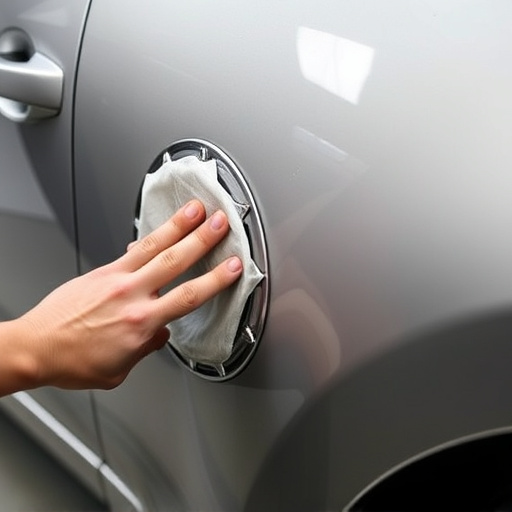
Choosing the right approach for frame rail repair involves a careful balance between cost-effectiveness and structural integrity. Several factors come into play, especially when dealing with severe damage. First, assessing the extent of the damage is paramount. Inspecting for misalignment, deformity, or fractures in the frame rails requires professional expertise. Once identified, specific considerations like the type and location of damage guide the repair strategy.
For instance, minor bends or straightening may be suitable for less severe cases involving hail damage repair, allowing for a more cost-effective solution. However, extensive structural alterations or replacements might be necessary for vehicles with significant collision-induced damage to ensure safe and reliable vehicle bodywork. Additionally, considering the availability of replacement parts and skilled technicians proficient in frame rail repair is crucial for a successful outcome, ensuring not just visual restoration but also optimal performance and safety features, including auto glass replacement if needed.
When severe damage impacts a vehicle’s frame rail, making informed decisions for frame rail repair is paramount. By understanding the different types and extent of damage, along with the available repair techniques, including conventional and advanced methods, auto body professionals can choose the optimal approach. Several factors, such as structural integrity, cost-effectiveness, and future performance, guide this selection process, ensuring a safe and reliable vehicle restoration. Effective frame rail repair is not just about fixing metal; it’s about restoring the vehicle’s overall safety and structural soundness.
